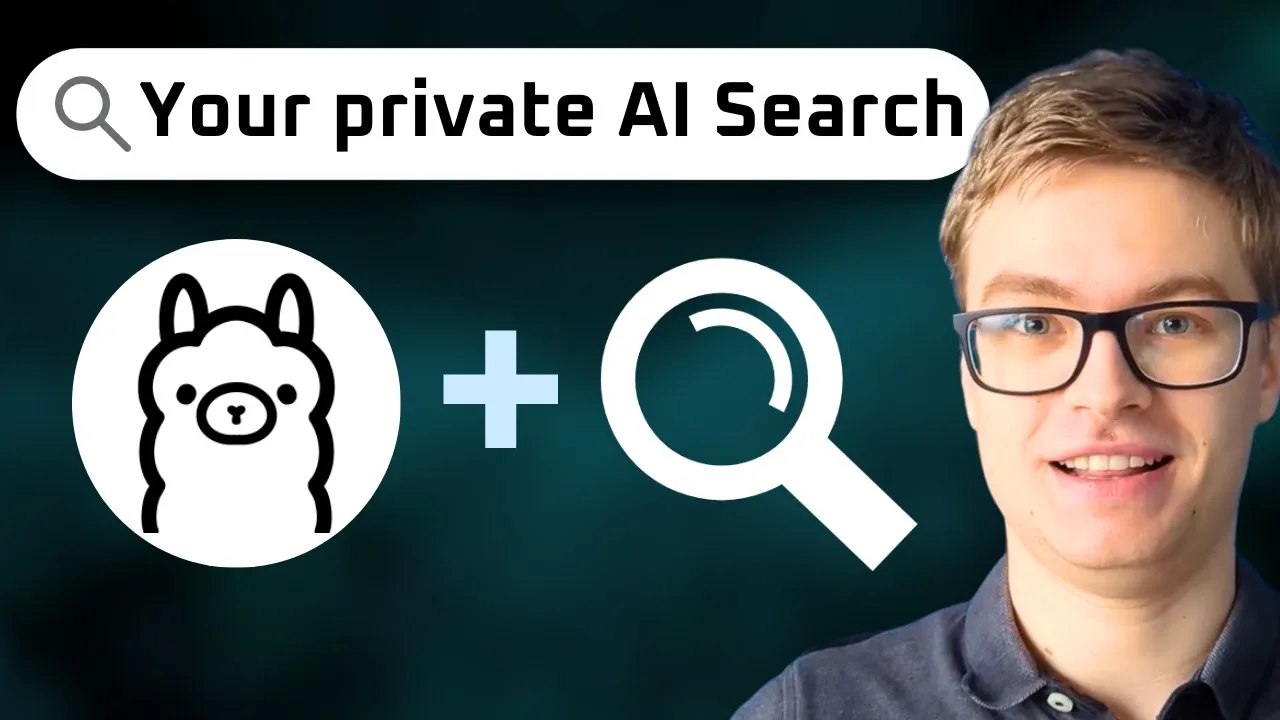The Future of Search - How AI-Native Search Engines Transform Information Discovery
Information retrieval is undergoing a fundamental transformation. While traditional search engines have served us well by providing lists of links, AI-native search engines represent a paradigm shift in how we discover, validate, and consume information.
From Link Lists to Synthesized Knowledge
The traditional search experience requires users to perform multiple cognitive tasks: formulating a query, scanning through links, visiting various websites, extracting relevant information, and mentally synthesizing that information into a coherent answer. This process can be time-consuming and mentally taxing.
AI-native search engines flip this model on its head. Rather than presenting a list of links, these advanced systems:
- Query multiple search engines simultaneously
- Extract relevant information from diverse sources
- Synthesize the findings into coherent, comprehensive answers
- Provide direct source attributions for factual claims
This transformation means users receive complete answers immediately, with the added benefit of source transparency. When searching for complex topics like “Nvidia’s CES announcements,” instead of visiting multiple tech sites and piecing together information, users receive a comprehensive overview with every factual claim properly attributed to its source.
The Time-Saving Power of AI Synthesis
The most immediate benefit of AI-native search is the dramatic reduction in time spent gathering information. This efficiency comes from:
- Eliminating the need to visit multiple websites
- Automatically filtering irrelevant information
- Organizing findings into coherent narratives
- Prioritizing the most relevant facts first
For professionals who rely heavily on research, this time-saving aspect alone can transform productivity. What previously might have taken 30 minutes of clicking through links, reading articles, and mentally connecting dots can now be accomplished in seconds.
This efficiency is particularly valuable for AI engineers who need to quickly understand technical concepts as they build production systems.
Source Verification: Building Trust in AI Answers
Perhaps the most critical innovation in AI-native search is how it handles source attribution. While AI models can generate plausible-sounding explanations, factual accuracy requires grounding in reliable sources.
Modern AI-native search engines bridge this gap by:
- Attributing specific claims to their original sources
- Providing clickable references to verify information
- Distinguishing between factual statements and synthesized insights
- Maintaining transparency about information origins
This approach creates a crucial trust layer that addresses one of the primary concerns about AI-generated content: hallucination or fabrication. By making source verification seamless, users can confidently rely on AI-generated answers while maintaining the ability to validate critical information.
These verification techniques are essential when building AI applications that process real-world data, where accuracy directly impacts user trust.
Customizing Your Information Landscape
Beyond efficiency and accuracy, AI-native search offers unprecedented customization possibilities. Users can shape their information ecosystem by:
- Selecting which search engines feed into their meta-search
- Prioritizing privacy-focused search providers
- Adjusting how results are synthesized and presented
- Customizing the types of content included (web, images, etc.)
This level of control represents a dramatic departure from the one-size-fits-all approach of traditional search giants. Users with specific privacy concerns can opt for configurations that prioritize services like DuckDuckGo, while those seeking maximum information diversity can incorporate results from multiple providers.
The Future of Information Discovery
As AI-native search engines continue to evolve, we can expect this technology to fundamentally change how we interact with the world’s information. The days of clicking through multiple pages of search results may soon seem as outdated as searching through physical encyclopedias.
What emerges instead is a more natural, conversational approach to information discovery where complex questions receive comprehensive answers, factual claims remain verifiable, and users maintain control over their information sources.
For developers looking to leverage these advances, understanding how to build production-ready AI applications becomes increasingly valuable as search technology continues to evolve.
To see exactly how to implement these concepts in practice, watch the full video tutorial on YouTube. I walk through each step in detail and show you the technical aspects not covered in this post. If you’re interested in learning more about AI engineering, join the AI Engineering community where we share insights, resources, and support for your journey. Turn AI from a threat into your biggest career advantage!

